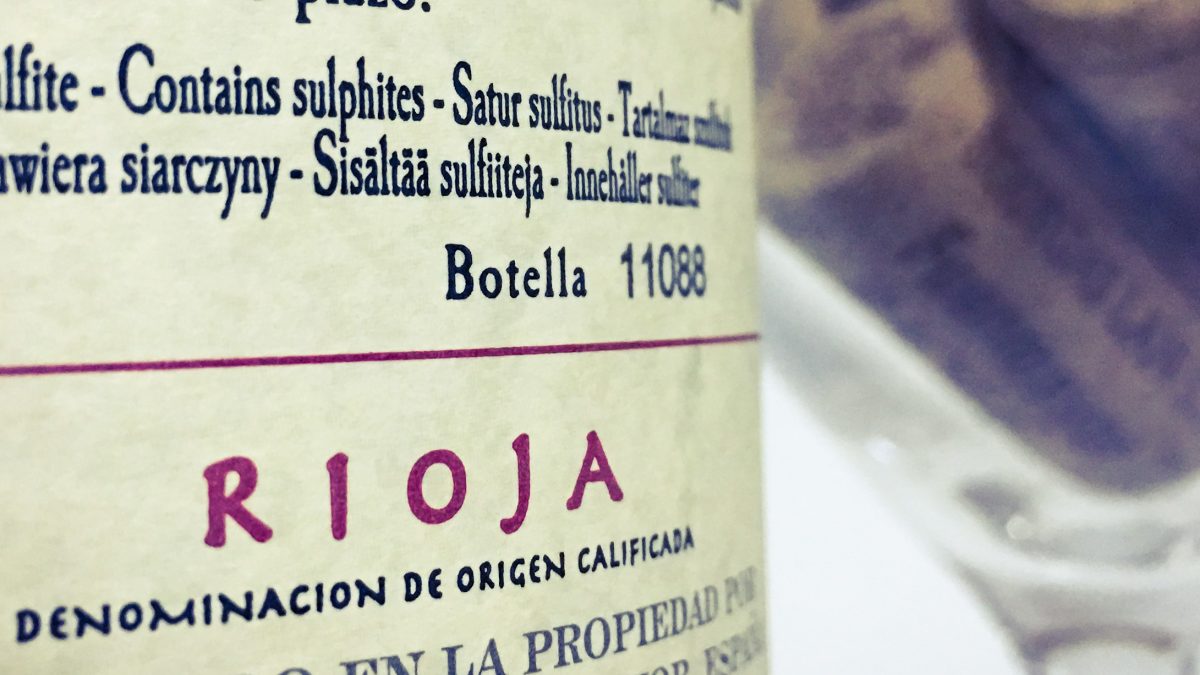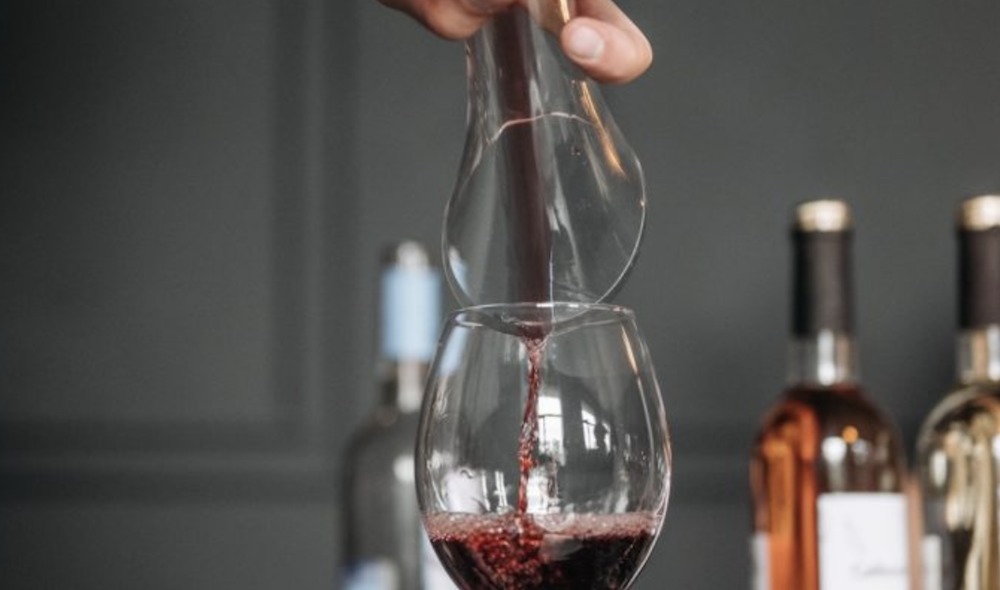
As of 2018, screwcaps accounted for about 32% of the global wine bottle closure market. Wines under screwcap are nothing new, which makes it even more surprising to hear people still opposing wines under screwcap based on outdated and/or false notions. While digging around to see what had been published on the topic lately, it dawned on me that most articles out there were written over ten years ago; it couldn’t hurt to put together a refresher, including updates and recent developments. What follows are the most common arguments espoused against screwcaps, with a look at the actual facts.
Wine can’t age under screwcap
There seems to be a general understanding now that screwcaps are ok for early drinking whites. Where is starts to get contentious is when discussing their use on wines built for ageing, especially reds. This argument centres around the premise that, in order for a wine to age, it needs to be exposed to a tiny amount of air ingress over time – something that screwcaps can’t provide, resulting in an inability for wine to develop and age as it would under natural cork. There are two fallacies that need to be called out in relation to this argument:
(1) that screwcaps don’t/can’t let beneficial amounts of oxygen in, and
(2) that wine needs exposure to air via the closure in order to age.
It is true that screwcaps can be close to air-tight if you want them to be, but what is nearly always missed in the conversation is that screwcaps are available with saran liners of varying degrees of permeability and consequently oxygen transfer rates (OTR). All closures have an OTR, including cork. Because cork is a natural product, the OTR can vary depending on quality and composition. The OTR for a natural cork would generally be around 0.1-2.7 μL/day after the first year in bottle, with variation depending on the exact type of cork. Other variables can include whether the bottle is stored vertically or horizontally. The great thing about screwcaps is that you can choose saran liners that have very specific OTRs. This makes it possible to mimic the exact oxygen ingress of a high-quality natural cork but without the risk of cork taint, variability between batches of cork or cork failure due to poor storage or deterioration over time.
The second piece around wine needing to breathe by way of the ingress of oxygen through the closure is highly debatable. The process of wine ageing and development is not entirely understood, and it’s not entirely known to what degree air impacts ageing. Many of the changes that occur during the ageing process are anaerobic (meaning they happen without the presence of oxygen). Additionally, when considering the part oxygen plays in post-bottling development, factors such as dissolved oxygen at time of bottling and headspace are likely to play a more significant role when compared to the very small amounts that would be transmitted through the closure.
Based on the facts that screwcaps can mimic the OTR of a high-quality natural cork and that we don’t really know if this is major factor in the first place, it’s hard to justify clinging to the idea that corks are the only way to go. Add to this the fact that trials have been taking place, since rather early days, that have proven that wine (including top quality red wine) can be successfully aged under screwcap.
Screwcaps result in reduction faults
Going back to the early 2000s when screwcap wines started to establish themselves, there were issues with some wines under screwcap showing reduction faults, i.e. reduced sulfur compounds that cannot be reversed and result in unpleasant rubbery, garlic aromas that can ruin a wine. How widespread the issue was is up for debate. It was generally thought to be the case that some winemakers didn’t have experience with bottling under screwcap and were still finding the right balance when it came to levels of sulphites, dissolved oxygen and headspace at bottling. This is not a problem we see often, in present day, now that screwcaps are used routinely, and it has actually been shown that reduction is no more of an issue in screwcaps than it is in wine under natural cork. As an interesting example, AWRI scientist Eric Wilkes analyzed data from the International Wine Challenge over a nine-year span (2010-2019) and found the incidence of reduction was the same for cork as it was for screwcap. A study from Oregon University likewise concluded that screw capped wines are no more prone to reduction than wines sealed with a natural cork.
Wines under screwcap are inferior quality
If you think this is a real thing, I can assume you don’t have any friends from Australia and New Zealand, where they bottle 98-99% and 90% of their wines, respectively, under screwcap. It would be doing yourself a disservice to make any assumptions about what wine is under a screwcap, as nowadays there is a wide variety of styles and price points bottled with this closure. Although Australia and New Zealand started the movement, there are many producers around the world that favour screwcaps for their wines. There does still seem to be a fear amongst some top-tier producers that consumers will not accept luxury red wines bottled under screwcap. This has caused many producers that do prefer screwcaps to continue bottling under cork for fear of affecting sales. PlumpJack Winery in Napa Valley decided to make a compromise by bottling half their production under screw and half under cork. Although winemaker Aaron Miller is a die-hard screwcap fan, they felt they could help the cause by allowing customers to see the difference between the two closures. They only submit wine under screwcap when sending samples to wine critics, which seems to have worked to their advantage given they have had five Wine Advocate 100-point wines in the last six vintages.
Screwcaps are not environmentally friendly
As both wine producers and consumers increasingly place an importance on sustainability and environmental impact, this is something that warrants attention. There is not a ton of information out there that looks beyond the obvious factor of the raw materials. At first glance, natural cork seems to be the more environmentally friendly choice, given it’s a natural product and biodegradable, whereas screwcaps rely on the mining and refining of metals in order to produce aluminum. Although aluminum has a very high uptake rate for recycling (75 percent of all the aluminum ever produced to date is still in use), the liners are often not recyclable, posing an issue. So corks should win, hands down then, right? Not quite. Where it starts to get a lot more complex is when considering additional elements such as the tin capsule, the need for corkscrews in order to remove corks, end of life management of natural cork, processing chemicals used in the manufacturing of both closures… and the list goes on. I don’t have an easy answer for this one, but I am certainly interested to see what other info becomes available as more rigour is applied to assessing the environmental impact of wine closures.
Screwcaps aren’t romantic
All I can say on this point is that if you think the cork is the romantic part of enjoying wine, you’re doing it wrong. I would hope the romantic part about a wine would be the wine itself, not the packaging. The primary job of a closure is to protect what’s in the bottle and there’s nothing less sexy than planning an evening around opening a special bottle to find out it’s a complete write-off because of a faulty cork.
Although the debate around closures isn’t new, the arguments are not static given the ongoing developments in the technology of closures and our continually evolving understanding of the chemistry and science of wine. For this reason, it’s worth questioning our assumptions and biases on a regular basis. If you are a screwcap-skeptic, hopefully these points have helped to provide new perspective on the topic.






